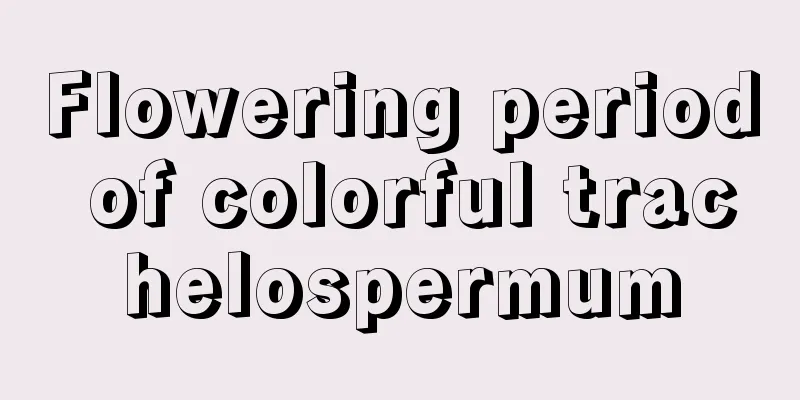The most bizarre plants in the world

RafflesiaRafflesia arnoldii, also known as the Rafflesia, is known as the largest flower in the world. This parasitic plant has the largest flowers in the plant world, which can grow up to three feet in diameter. The Arnoldia macrophylla is fleshy and colorful, and the spots on it make it look like an acne-covered face of an adolescent child. It has a pungent, rancid smell and fortunately, is only found in the Indonesian regions of Sumatra and Borneo. This flower has a hole in the center that can hold 6 or 7 quarts of water. It has no stem, leaves or roots. African egret flower: flesh-colored flowers that smell like rotting corpseThis flower, called Hydnora africana, grows in the arid and barren desert areas of South Africa. It is a strange flesh-colored parasitic flower that clings to the roots of nearby shrubs. The foul-smelling clusters of flowers attract swarms of carrion beetles. If you smell the stench of carrion while walking through the Namibian desert, it's not rotting meat but the root parasite Hydnora africana. Voodoo LilyDracunculus vulgaris emits a foul smell like rotting meat. Its flowers are leaf-shaped and the color of Burgundy wine. There are many thin black branches and leaves around it. Its scientific name is aka Arum dracunculus. It has many other vivid nicknames: "Dragon-shaped Black Calla Lily", "Voodoo Lily", "Snake Lily", "Black Calla Lily", "Black Dragon", "Dragon-shaped Plant", and "Smelly Lily". In Greek, it is called "Drakondia", which looks like a dragon or serpent entwined in the spathe. It grows in a wide range of areas including the Balkan Peninsula, the Mediterranean region of Europe, the Greek island of Crete and the Aegean Islands, and southwestern Türkiye. Giant konjacThe giant konjac has an upright appearance, and this spectacular structure is actually its inflorescence. Giant arums grow up to 6 feet tall when in bloom at Fairchild Tropical Gardens in Florida. The seeds of this plant were first collected by Dr. Jim Simon during his expedition to Sumatra, Indonesia. In recent years, the giant arum has bloomed three times at Fairchild Tropical Gardens. These flowers (inflorescences) are interesting because they release a foul odor that attracts carrion beetles and other pollinators, often the smell of rotting meat. However, different species have different odors, some have a distinctive smell of urine, some smell like rotting meat, and one smells like butyric acid. Often referred to as the "corpse flower," this plant can incredibly grow 6 to 7 inches per day. Wollemi pineThe Wollemi pine is a strange-looking tree that is one of the world's oldest species. Previously, people knew about it only from 120-million-year-old fossils. In 1994, the present-day population was discovered. They have a very bizarre bark that looks like chocolate foam, with multiple trunks and fern-like leaves growing in spirals. They can grow up to 125 feet tall. Centenarian LeafThe centenarian leaf has only two leaves in its lifetime. Only these two leaves will continue to grow until they become a completely different living organism. The tree's trunk grows thicker rather than taller, eventually reaching nearly 6 feet tall and 24 feet wide. Its lifespan is approximately 400 to 1,500 years. The centenarian plant grows in Namibia and is thought to be a relict species from the Jurassic period. Hammer OrchidDrakaea glyptodon is a plant in the orchid family. Its color and taste are like raw meat. Pollinated by male wasps. Drakaea is an endangered species in the orchid family, native to Australia. It is often called "Hammer Orchids". The name refers to Drakaea's shape and the way it moves, like a hammer. Drakaea is named after the botanical artist Lady Durack, who separated Drakaea from other plants in the 19th century to help British taxonomists remember them. Plants in the Drakaea family are characterized by their insect-like labellum attached to a narrow, hinged stem. The stem hinges only backwards, where a winged column carries the pollen and stigma. The smallest flower in the world: WolffiaWolffia is the smallest flower in the world. Twelve Wolffia plants are about the size of the tip of a pin, and two in bloom can fit neatly into a tiny printed letter "O". The genus Wolffia consists of nine to 11 species, including some of the smallest flowering plants on Earth. These aquatic plants, also known as "micro duckweed," look like grains of corn flour floating on the water. Wolffia is a green or yellow-green fungus that floats freely on the water surface and has no roots. The flower grows slowly from the top of the plant and has one stamen and one pistil. They often float on the water in pairs or form floating mats with related plants such as the duckweed and water lilies. |
<<: Maintenance methods of green coral fern
>>: The difference between rat tail palm and white sandalwood
Recommend
Cultivation methods and precautions of blue-eyed chrysanthemum
If you like chrysanthemums, you might as well gro...
Does Magnolia prefer shade or sun?
Does Magnolia prefer shade or sun? Magnolia is re...
What is the cultural significance of the flower language and meaning of the firecracker flower?
1. The flower language of firecracker flower When...
How to Grow Daisies
1. Planting time The best time to plant daisies i...
How many days does it take for Amaranth to germinate?
Amaranth is native to China and is widely cultiva...
How to make bonsai with crape myrtle
Selection of flower species When making crape myr...
Is it profitable to grow Ganoderma lucidum? Profits and prospects of growing Ganoderma lucidum
Can you make money by growing Ganoderma lucidum? ...
When should winter melon be planted?
Winter melon is not only tender and delicious wit...
When is the best time to change the soil for Clivia?
When is the best time to change the soil for Cliv...
How and when to plant tomatoes
Tomato planting time and month When to plant toma...
The efficacy and function of lichen
1. Nutritional supplement Lichens contain many be...
Maintenance methods of chicken shit vine
1. The habit of this plant First of all, it requi...
How does Tiaduo Succulent turn red? This is the right way to maintain it!
1. Lighting Tia succulent likes mild sunlight, dr...
What kind of water is best for watering asparagus fern?
1. Sugar water Dilute the prepared sugar water wi...
What flowers are suitable for growing in Huangshi? What are the city flowers and trees?
1. Climate characteristics of Yellowstone Yellows...









